Day 1: Pre-purchase Survey with vessel afloat
In order to inspect a vessel of this size with the appropriate level of detail required for a pre-purchase survey, this boat was inspected over a two day period. The first day was spent with the vessel afloat, tied to her pontoon berth at Chichester Marina.
This boat had spent time cruising the Thames Estuary and the East Coast, so I was looking carefully for evidence of grounding damage (although any surveyor should always be looking for signs of this). The lead keel wouldn’t necessarily show evidence of grounding as any dents could have been be hammered back into shape and faired. The internal stiffening structure beneath the sole can suffer badly in the event of a grounding. The top hat sections of the stiffening structure can become debonded from the hull and extensive repair work can be required in order to return the strength and stiffness to the hull.
My survey commenced at the very forward end of the forepeak, working my way aft. All bunk covers, locker covers and sole boards were lifted in order to get the best possible access to the inside of the hull. In order to get beneath the large central sole board of the Hallberg-Rassy-Rassy 36 Mk1, the board has to be unscrewed and then lifted, together with the bolted-down dining table.
The two massive fuel tanks beneath the saloon sole didn't provide much direct visual access, so the keel fasteners and adjacent hull structure had to be inspected with an endoscope. Not as ideal as direct visual access, but enough detail to see the good state of a number of the the studs and nuts.

Hallberg-Rassy 36 Mk1. Endoscope inspection of keel studs, obscured by large stainless steel fuel tanks
The rest of the first day was spent working my way through the inside of the boat, ending the day deep inside the large cockpit locker. I had also performed a visual inspection of the engine & transmission, but the engine test in the harbour was going to have to wait until the second day of the survey.
Day 2: Pre-purchase Survey with vessel ashore, followed by sea trial
As anticipated before the survey, there was a higher possibility that the vessel may have suffered grounding damage as it was know that she had spent some time cruising the Thames Estuary and the East Coast. Detailed examination of the hull interior found no evidence of this: All bulkheads were free of damage and their connections to the hull and deck mouldings were free of movement, cracks or delamination. The substantial hull stiffening structure around the keel & beneath the mast compression post, was also found to be free of debonding, cracks or other damage.
Once the boat had been lifted ashore, evidence of minor grounding was found at the fore & aft ends of the keel. The base of the lead keel had various scrapes and gouges from 30 years of cruising. There were no significant dents at the forward, lower corner, but some touched-up paint indicated that a repair to this region may have been carried out since the original coating had been applied.
Once the boat was back in the water, it was straight out into the harbour to test the Volvo Penta MD2020 Diesel engine. It's really important to get the engine up to full working temperature and to assess the engine at various speeds whilst under load. The close, but not too close inspection of the engine & transmission (with ear defenders) found excessive levels of vibration, most notably at the output shaft. Earlier crowbar testing of the engine mounts had revealed that these were old but intact. The out-of-water inspection had found that the propeller shaft was straight. There was some vertical wear in the cutlass bearing, but almost none in the lateral direction. Whilst the boat was ashore, I had also noted some gel-coat cracking around the area where the bronze stern bearing was attached to the hull. This evidence lead me to conclude that the most likely cause of the excessive engine vibration was the aged engine mounts. It is likely that the rubber has also distorted over time, leading to the dropping of the engine, shaft misalignment, increased vibration and uneven wear of the cutlass bearing.

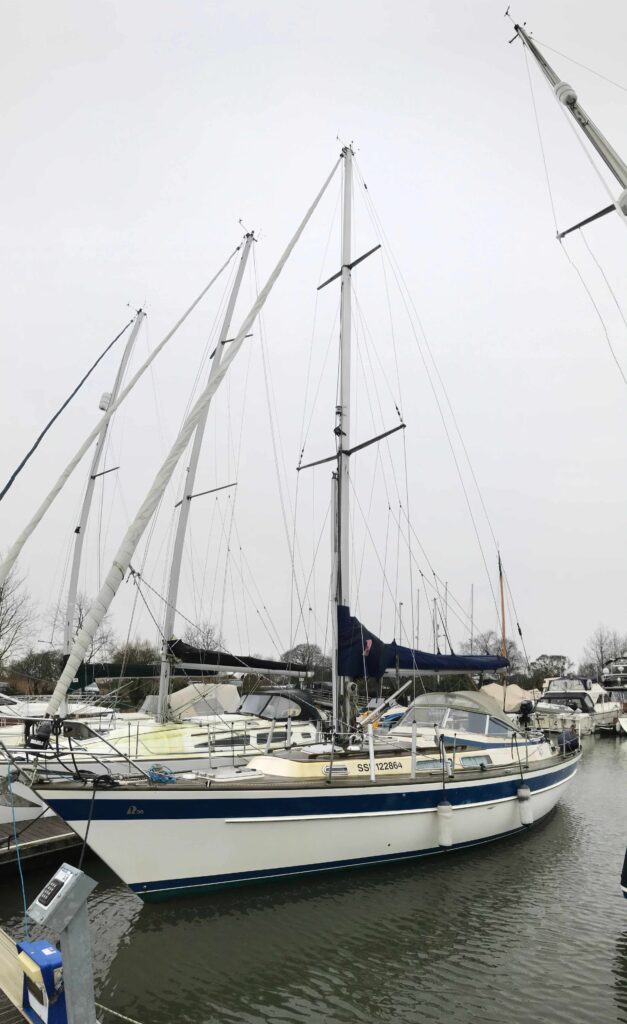
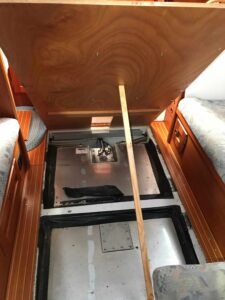
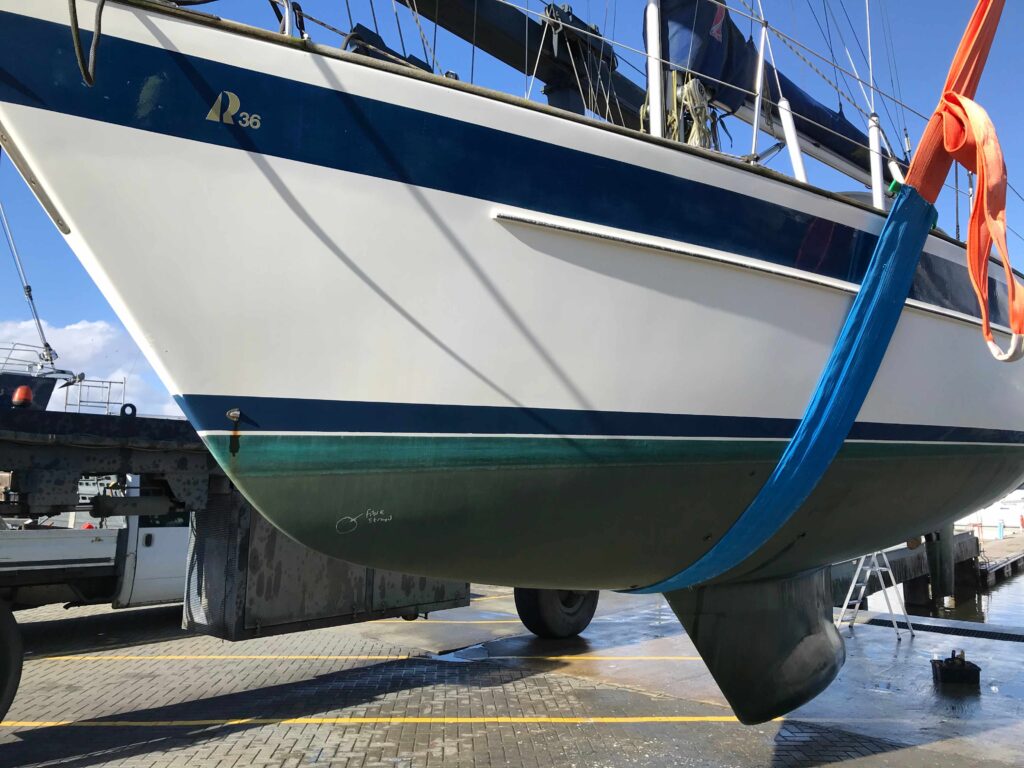
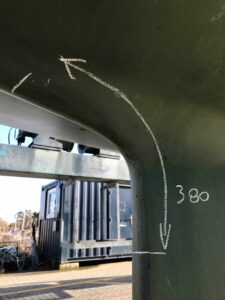

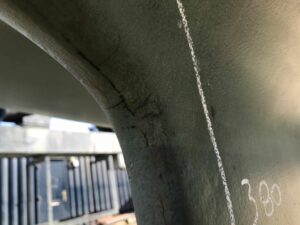

2 Responses